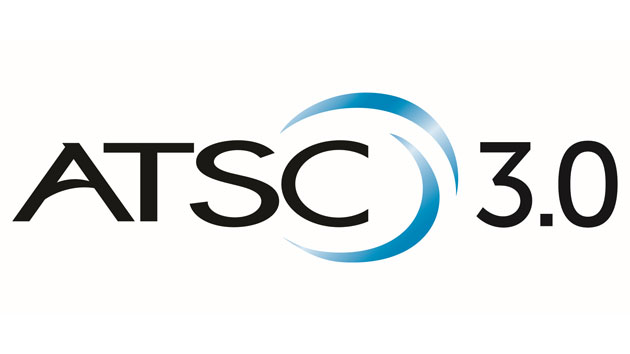Yes, I’m a little cynical. The Advanced Television Standards Committee, the people who designed the HDTV standards we use today, have gotten a lot closer to release version 3.0 of the ATSC standard. There are some blogs out there celebrating this, such as HDGuru, who have devoted an impressive amount of time to giving you all the tiny little details of the new standard in this article. 8K resolution, interactive data, better sound, all the stuff you want. Except, you know, you’ll never see it.
The broadcast standard we use is called ATSC 1.0. So, it’s pretty much a given that your next question is going to be “What happened to ATSC 2.0?” Here’s the answer, hotshot — nothing. Nothing happened with it. It was going to be this big thing to allow interactivity in broadcasting, including on demand programming. I blogged about it just last year. But hey, nothing ever happened with it, and it’s not likely to. People aren’t demanding this sort of feature from broadcast, because, well, THE INTERNET.
And to be sure no one is demanding that we scrap all the TVs currently in service, just a decade after we did that the last time, no matter what the benefit to people is going to be. If ATSC 3.0 were to become the standard for US broadcasting, every TV, every camera, every broadcast transmitter, EVERYTHING, would have to change. AGAIN. Look, I think that the digital transition was a great thing because it allowed us to get rid of a broadcast standard that had been with us since 1941. NINETEEN FORTY ONE people. That’s a very long time for technology. But to drop everything again after only ten years? There’s no way that’s going to happen.
Broadcasters are not going to go for another massive change like they did, not for a generation or more and by that time over-the-air broadcasting could be either dead or massively smaller than it is now. Owning a TV station used to be a cash-printing machine, but since you can now stream video over the internet (and with better quality than broadcast) it’s a lot more competitive. There was a time when every commercial shown on broadcast TV was money in the pocket of some station owner. Today, commercials are usually inserted by the pay-TV provider unless you have an antenna, and that means a lot less revenue. I’m not crying a big old tear for broadcasters but thinking of them as old-fashioned fat cats isn’t really accurate.
And so there is no way ATSC 3.0 is going to mean anything to anyone. It’s meaningless for pay-TV providers who don’t have to worry about the actual broadcast technology and can develop their own standards to provide video to the home. It’s nothing at all to streaming companies like Netflix who aren’t beholden at all to broadcast standards and can update their own broadcast technologies anytime they want.
That’s right, the people who actually provide you with the video you watch — namely the pay-TV companies and the streaming companies — don’t care a bit about ATSC 3.0. Neither do broadcasters, except to the extent that you know they’re already preparing a costly and stringent lobbying campaign to make sure it never gets adopted. So who cares about ATSC 3.0? I have to guess, the moms of the people on the Advanced Television Standards Committee. That’s right guys (and ladies), your moms are proud of you. If that keeps the lights on over at the ATSC offices, that’s wonderful. You keep on keeping on. Otherwise, seriously?





